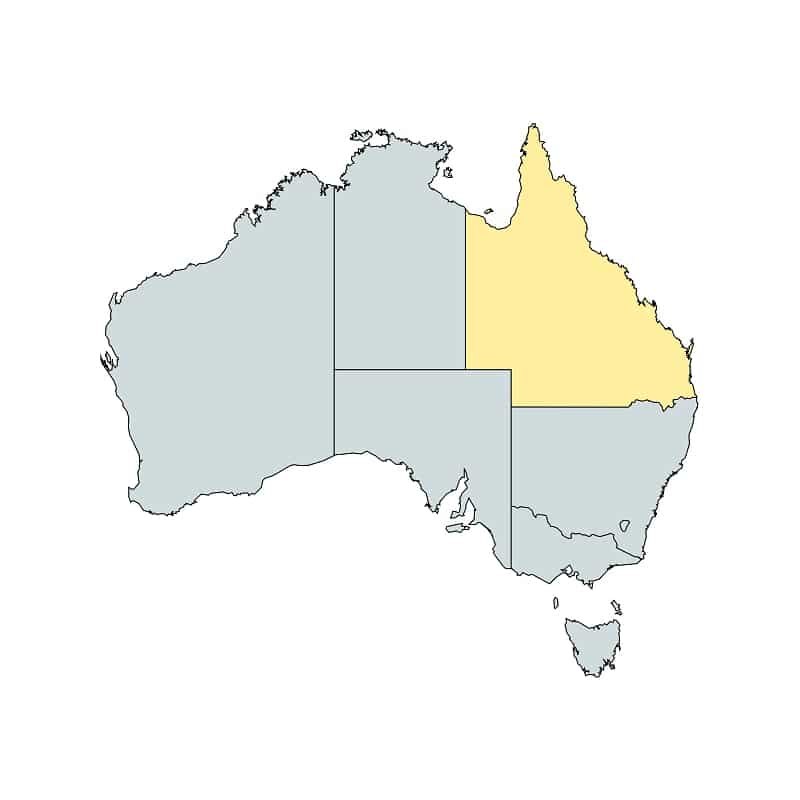Kylie Carman is the owner of Mt Bucca, a property located in Bucca, approximately 30km west of Bundaberg, Queensland. The property is dedicated to conservation and a wildlife-friendly sanctuary, and it is Kylie’s intent for Mt Bucca to remain for these purposes. There has been no cattle grazing or logging on Mt Bucca for at least 10 years.
The property comprises part of the Bucca range and covers 350 heavily-timbered hectares. Elevations from 83-320m have led to a wide range of ecosystems being present, including remnant montane gallery rainforest, lowlands rainforest, and gully rainforest. This property is ecologically significant for a number of reasons: it houses what is likely the most significant privately-owned community of certain rare plant species in the area; it includes 80.93 hectares of rare rainforest in extremely good condition; it is the second largest rainforest refugium in the wide bay area; and it contains seven distinct regional ecosystems. The property has been surveyed by the Queensland Herbarium and contains an ecosystem listed as a Threatened Ecological Community by the EPBC Act.
The predominant vegetation type consists of open scherophyll forest ranging from Eucalyptus acmenoides to Eucalyptus cerebral dominant, with a large population of Cycad megacarpa and Macrozamia mountperriens is also present. Vegetation also includes old growth trees with significant hollows and native grasslands.
Wildlife species known to inhabit the sanctuary include koalas (Phascolarctos cinereus), yellow-bellied (Petaurus australis), feathertail (Acrobates pygmaeus) and sugar (Petaurus breviceps) gliders, greater gliders (Petauroides volans), long nosed potoroos (Potorous tridactylus), squirrel gliders (Petaurus norfolcensis), brush-tailed phasogales (Phascogale tapoatafa), spotted-tailed quolls (Dasyurus maculatus), northern bettongs (Bettongia tropica) and short-beaked echidnas (Tachyglossus aculeatus). Macropod species present include brush-tailed rock wallabies (Petrogale penicillata), whip-tailed wallabies (Macropus parryi), swamp wallabies (Wallabia bicolor) and red-necked wallabies (Macropus rufogriseus).
Over 150 species of bird have also been documented including powerful owls (Ninox strenua), various kingfishers (Dacelo spp.), wompoo fruit doves (Ptilinopus magnificus) and emerald doves (Chalcophaps indica). The property also houses a wide range of reptiles including death adders (Acanthophis spp.) as well as freshwater fish and crustaceans.




